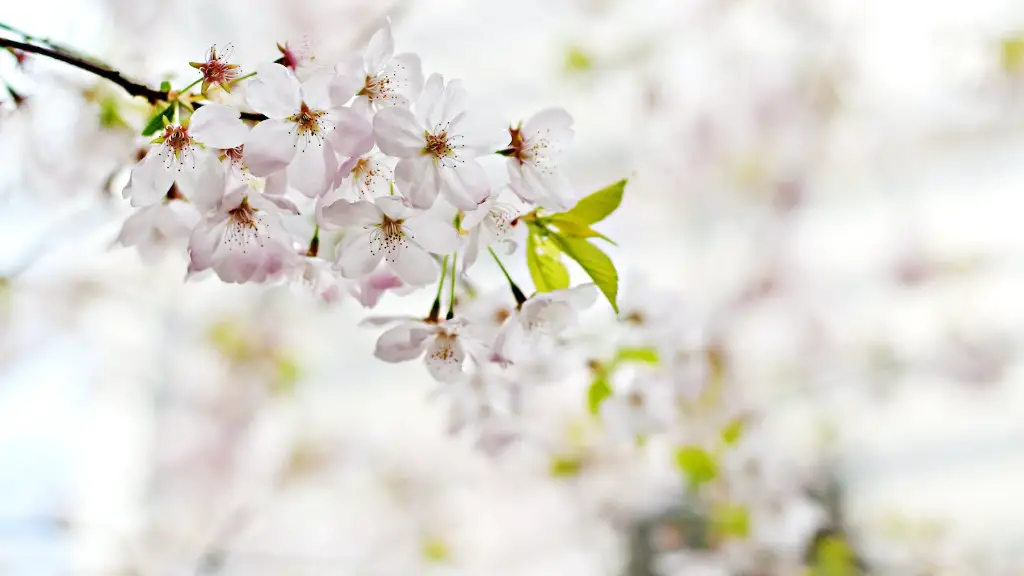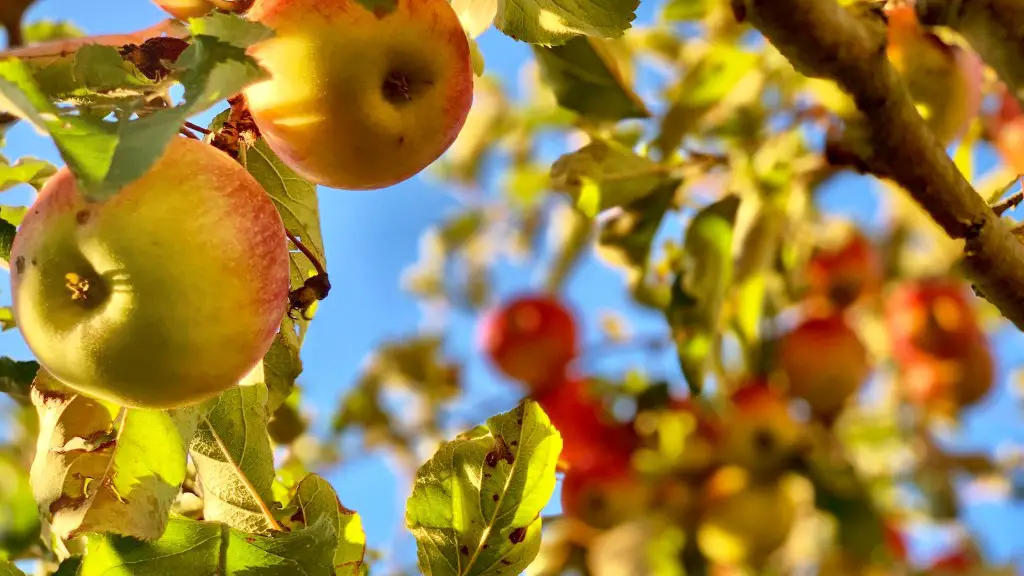Apple trees tend to get large, and in order to maintain a healthy and productive yield, regular pruning is a necessity. Many of us are not sure what the best way to prune an apple tree is, so this blog post is here to help. The first step in determining the best way to prune an apple tree is to determine the type of pruning needed. Although some apple trees are maintenance-free, most need scheduled pruning.
Thinning out overcrowded interior branches is an important part of pruning an apple tree. Not only does it promote good air flow, but it also increases the amount of sunlight that can reach the inner parts of the tree, which will encourage healthy growth. The ideal time for thinning out overcrowded branches is mid-winter while the tree is dormant.
Crown thinning is a process of thinning out larger branches at the top of the apple tree. This helps to keep the tree balanced and allows sunlight to penetrate more evenly and deeply into the branches. Crown thinning should be done in mid-summer while the tree is in full bloom.
Pruning also helps to reduce the size of a large tree. If a tree becomes too large, it can cause problems in the root system and prevent light from reaching the blossoms. The best way to reduce the size of the tree is to prune the central leader and other branches back to a manageable size.
Pruning apple trees can also help to promote the development of more fruit. If the branches are pruned to allow better sunlight penetration and air flow, the tree will be able to produce more apples. This is especially important for young trees or those that have not been given proper care.
Finally, pruning apple trees can also help to increase their lifespan by removing diseased or damaged branches. This helps to not only promote the health of the tree, but also to increase its productivity. In addition, the removal of these branches can also benefit the tree by giving it more space to spread its roots and absorb nutrients.
Winter Pruning
Pruning an apple tree during winter months is a great way to maintain it. Pruning during the dormant winter season will encourage the apple tree to produce more flowers and fruit during the spring and summer. However, it’s important to keep in mind that pruning during the winter prevents the tree from storing energy it needs for the following season.
Before beginning winter pruning, it is important to inspect the tree for any signs of damage or decay and to remove any diseased branches. The remaining branches should then be pruned lightly to maintain the shape and size of the tree. It is best to prune in the early morning when the temperature is still cool in order to avoid any potential damage.
When pruning an apple tree during the winter, it is important to avoid pruning too much. If too much is pruned at once, it can slow down the growth rate of the tree and negatively affect the fruit yield. Additionally, it is always best to prune the apple tree in the direction of the branches’ growth.
Pruning during the winter months can be a great way to maintain the health of an apple tree and increase its productivity. However, it is important to be aware that winter pruning can be an extensive task and it should be done with caution and care to ensure the best results.
Spring Pruning
Spring pruning is an important step to take in order to maintain a healthy and productive apple tree. Spring pruning helps to control the size and shape of the tree and encourages the development of flowers and fruit. It also helps to reduce overcrowding in the tree and to promote better air and sunlight penetration.
The first step in spring pruning is to inspect the tree for any signs of damage or decay. Any dead, diseased, or broken branches should be removed. Doing this early in the season will help to ensure that the tree’s energy is used towards new growth rather than damaged areas.
Once the tree has been inspected and any necessary dead branches removed, the next step is to begin pruning. It is best to start at the bottom of the tree and work your way up. Be sure to prune in the direction that the branches are growing and to not over prune. Some apple trees may require more pruning than others, so be sure to adjust as needed.
Spring pruning is a great way to maintain a healthy and productive apple tree. Not only does it promote new growth, but it also encourages the development of flowers and fruit. It is an important step that can help an apple tree to reach its full potential.
Summer Pruning
Summer pruning is a great way to ensure healthy growth and productivity of an apple tree. Summer pruning is done primarily to thin out overcrowded branches in the tree’s canopy. By thinning out the excess branches, it promotes better air flow, sunlight and nutrient absorption.
It is best to begin summer pruning in the early morning when the temperature is still cool. This helps to avoid any potential damage and ensures the best results. Start by thinning out any branches that are overcrowding either side of the tree. This will help to promote even growth and allow sunlight to penetrate more deeply into the tree’s core.
Next, prune any branches that are too close to the trunk of the tree. This will help to promote growth along the perimeter of the tree and will also help to balance the tree. Additionally, it is best to prune any branches that are growing directly in the tree’s canopy. This will help to reduce the amount of leaves and fruit in the tree, allowing more sunlight and air flow to reach the core of the tree.
Finally, thin out any branches that are growing in the wrong direction or are dead. By pruning out these branches, it will help to keep the tree balanced and free of disease. Summer pruning can be a lengthy task, so it is important to be mindful of the amount of pruning taking place and to not overdo it.
Autumn Pruning
Autumn pruning is another important step to take in maintaining an apple tree. Autumn pruning helps to remove diseased or damaged branches from the tree in order to protect it from disease and to encourage new, healthy growth in the spring.
The first step in autumn pruning is to inspect the tree for any signs of damage or decay. Branches that are diseased, dead, or in poor health should be removed to help protect the tree from disease. Once the trunk and major branches are cleared of any disease, the remaining branches should be pruned lightly to help maintain its shape and size.
It is important to remember that less is more when it comes to autumn pruning. Pruning too heavily can prevent the tree from storing enough energy for it to survive the winter, so only prune as necessary. Additionally, it is always best to prune in the direction that the branches are growing in order to reduce potential damage.
Autumn pruning is an important step to take in order to maintain the health of an apple tree. Not only does it help to protect the tree from disease, but it also encourages new and healthy growth in the spring. Prune lightly to ensure that the tree has enough energy to carry it through the winter season.





